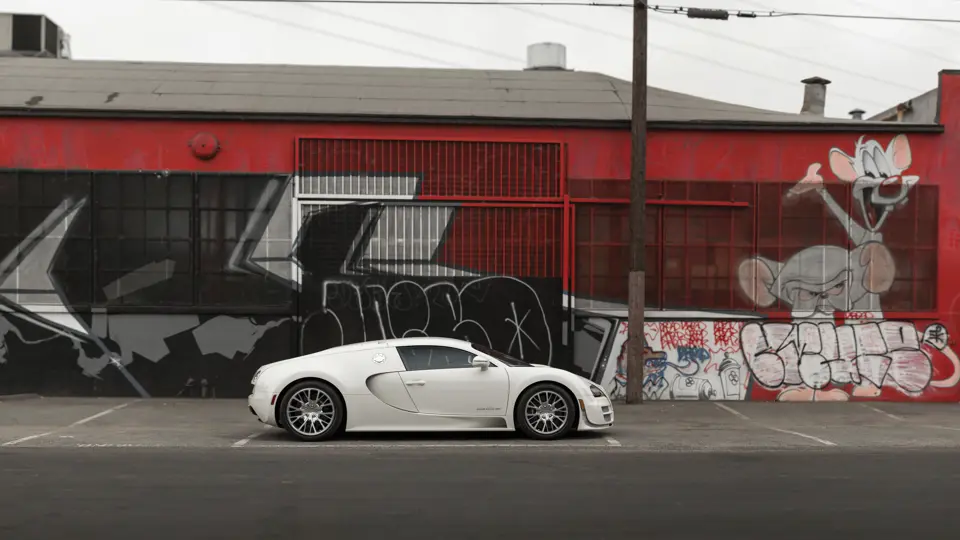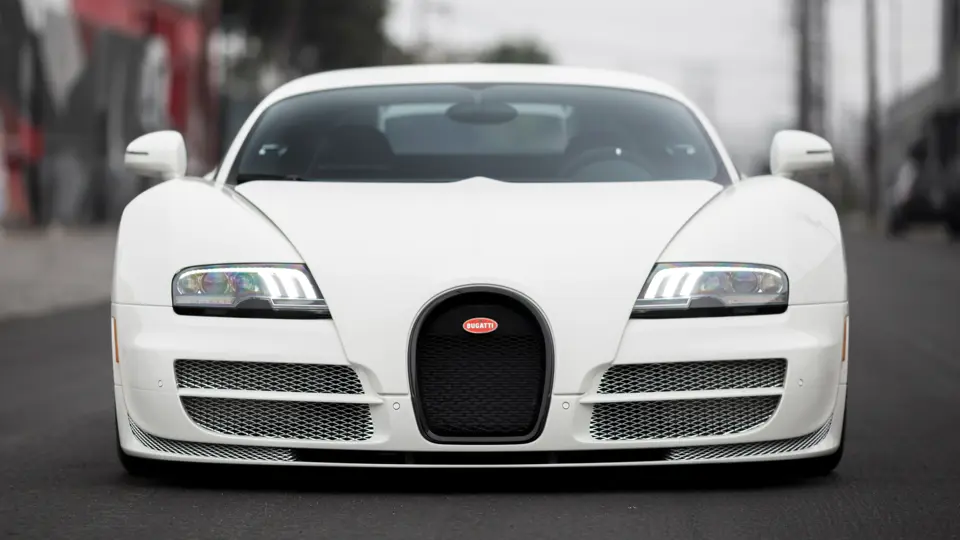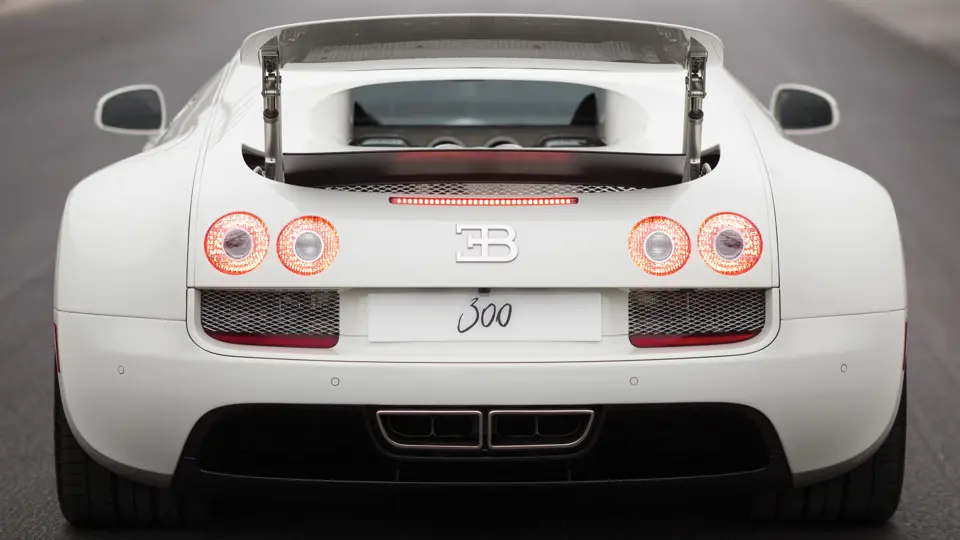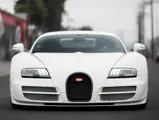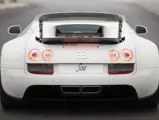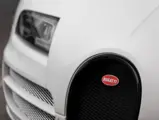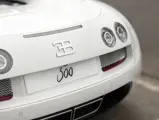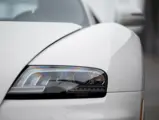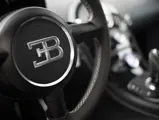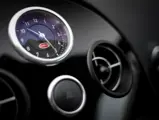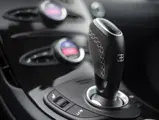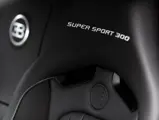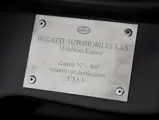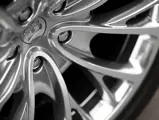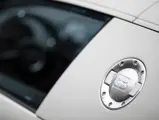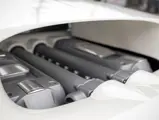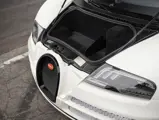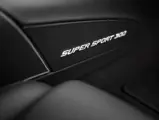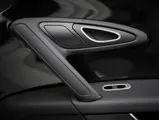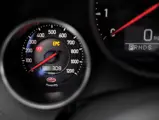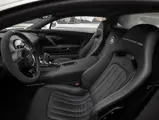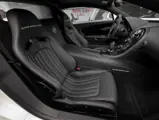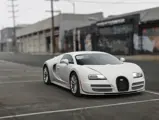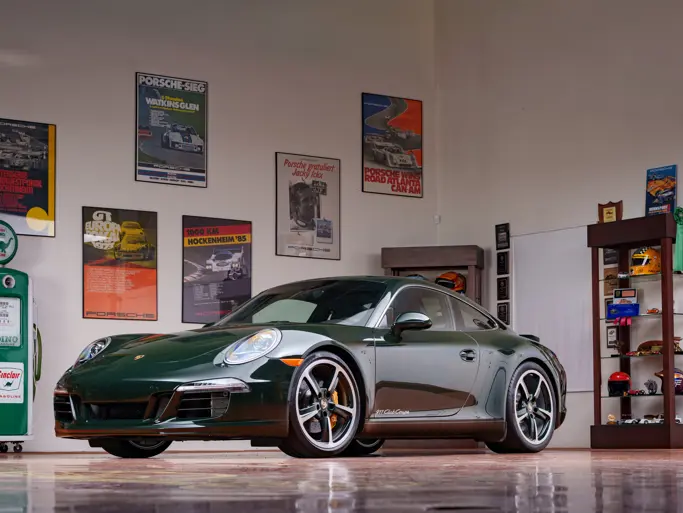
2013 Bugatti Veyron 16.4 Super Sport 300
{{lr.item.text}}
$2,090,000 USD | Sold
{{bidding.lot.reserveStatusFormatted}}
- Chassis number 300 of only 300 Veyron coupes built
- One of just eight U.S.-specification Super Sports
- Displayed by Bugatti at the 2015 Geneva Motor Show
- One private owner; showing less than 400 miles from new
- Annual service performed in May 2016
- The purest iteration of an engineering masterpiece
1,200 bhp, 7,993 cc DOHC 64-valve intercooled W-16 engine with four turbochargers, seven-speed, dual-clutch, semi-automatic sequential transmission, front and rear double-wishbone suspension, and four-wheel carbon-ceramic disc brakes with rear airbrake. Wheelbase: 106.7 in.
THE ULTIMATE VEYRON COUPE
A supercar in the making. Many would argue that when the first production Veyron rolled off the line at Bugatti’s purpose-built factory in Molsheim, France, it was the most widely anticipated automobile the 21st century has ever seen. The Veyron was the first new car to wear the Bugatti name following the brand’s acquisition by the Volkswagen Group, and it was widely acclaimed as the most incredible car the world had ever seen. Not only was it capable of reaching a top speed of over 248 mph and 0–60 in less than three seconds, it could carry both its driver and passenger in uncompromising luxury.
The Veyron was the brainchild of Ferdinand Piëch, the chairman of the Volkswagen Group and a former engineer who worked on many automotive greats, such as the Porsche 917 and the Audi Quattro, and it was to be designed with utterly no concessions. Under Piëch’s leadership, Volkswagen purchased the rights to Bugatti in 1998 and then instructed its engineers to design a car capable of reaching a top speed of over 400 km/h and an output of over 1,000 horsepower. Many believed that such a request was impossible to fulfill, but such requests were typical of Piëch, who, in 2002, had pressured engineers to produce the Volkswagen Phaeton, a car that he insisted must be capable of being driven all day at 300 km/h in 50 degrees Celsius, while also maintaining an interior temperature of 22.2 degrees Celsius. Nevertheless, the engineers ventured into uncharted territory when designing and engineering a road car capable of such speeds, but the resulting automobile proved to be nothing short of extraordinary.
Many believed that since the Veyron was simply such an incredibly well engineered and designed car, its performance simply could not be topped. However, five years after the original Veyron went into production, Bugatti introduced the Super Sport, which replaced the Veyron as the fastest car ever made. The Super Sport, which now boasted 1,200 horsepower and 1,500 Newton meters of torque, was capable of accelerating from 0–62 mph in 2.5 seconds, arriving at 186 mph in 16.6 seconds, and achieving an electronically limited top speed of 257 mph. In order to add an additional 199 horsepower to the standard Veyron’s already incredible power output of 1,001, two additional fuel pumps, as well as four larger turbochargers and air coolers, were fitted, and engineers were able to reduce its exhaust back pressure, resulting in a car that could both inhale and exhale more easily. At the same time, reducing the exhaust back pressure also helped to improve the fuel economy over the standard Veyron. Additionally, the car benefitted from improved aerodynamics, which helped to increase its stability at high speeds and increase airflow to the engine and brakes.
SUPER SPORT 300
This Veyron was purchased new by its first owner and delivered in August 2012 as one of 48 Super Sports constructed and only eight examples built to U.S. specifications. As a “Super Sport,” it has 200 more horsepower, larger turbos, and two additional fuel pumps, and it is 100 pounds lighter and slightly re-styled, with larger, re-shaped intakes. The Super Sport also boasts distinctive NACA ducts on the roof, replacing the more traditional air intakes fitted to its roof. It retains chassis number 300 and would thus be the last of the coupes, which were limited to 300 units. It was born as one of forty-eight 1,200-horsepower Veyron 16.4 Super Sports and was one of eight delivered new to the United States, perhaps being the only example in this color combination. As evidenced by documentation accompanying the car, 269 of the current miles driven were accumulated by Bugatti at Molsheim during Bugatti’s standard and extensive pre-delivery testing. As a result, it is presented in virtually as-new condition. Since its delivery, it has been very well preserved and regularly maintained. Braman Bugatti in Miami carried out its annual service in November 2013, and it received another annual service by them in May 2015. The Veyron was acquired by the current vendor in August 2015 and was serviced by Bentley Beverly Hills in May of this year.
Of note, just last year, this Super Sport traveled to Geneva at the request of Bugatti, where it was displayed at the 2015 Geneva Motor Show, alongside the very first Veyron, chassis number 001 (formerly this Super Sport’s stablemate), in a celebration of the Veyron’s 10-year production run.
To call the Veyron the most important sports car of this generation or any other is, quite simply, an understatement. With utter disregard to cost, it was built to be superlative in all respects and prove the brand’s relentless pursuit of supremacy. No other car could ever carry this mantle because no other car will ever logically benefit from the same production budget that the Veyron had. Bugatti went to great lengths to ensure that even the most minute detail, which will never be seen by even the most astute buyer, was made of the finest materials on earth and finessed to the most razor-sharp tolerances, regardless of cost. The Veyron is, therefore, the benchmark against which all other 200-mph, ultra-high horsepower supercars will be measured. This car represents a moment in time that today’s enthusiasts will look back upon for years to come.


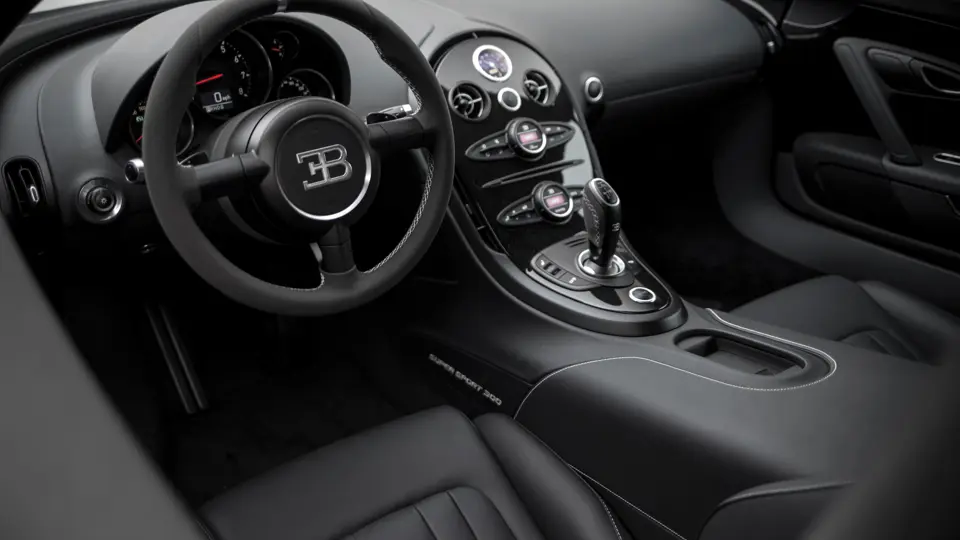

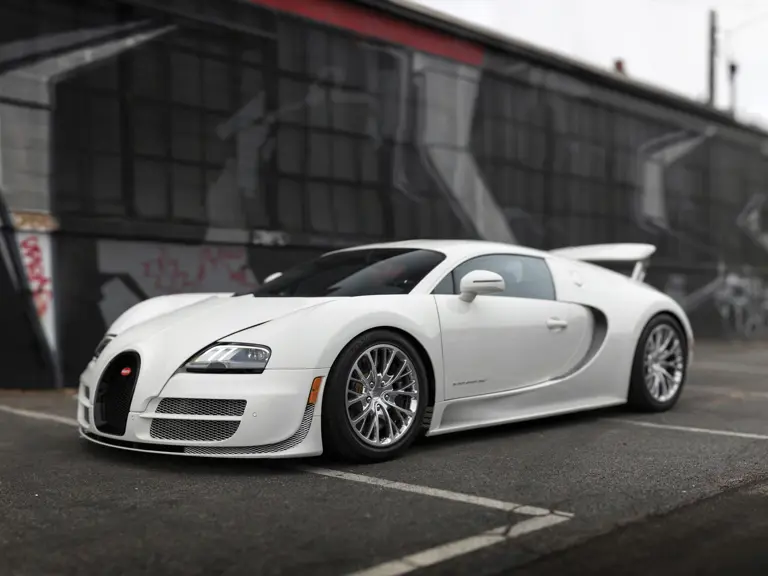

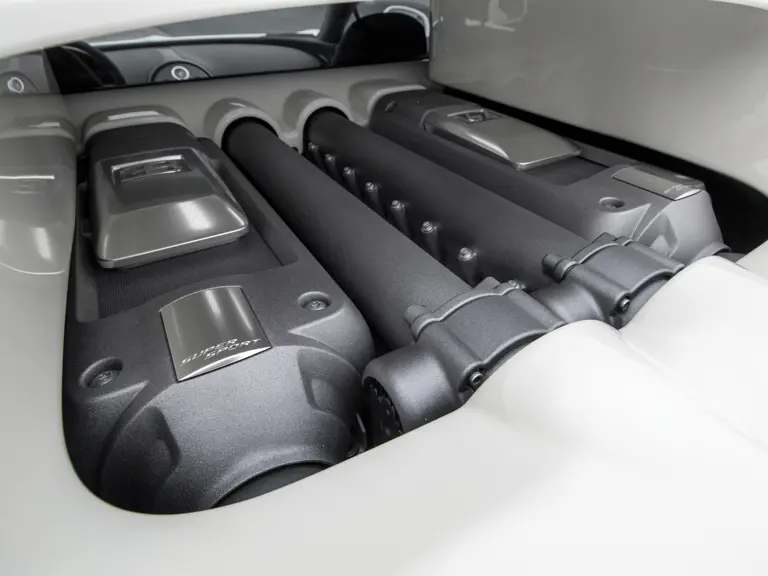
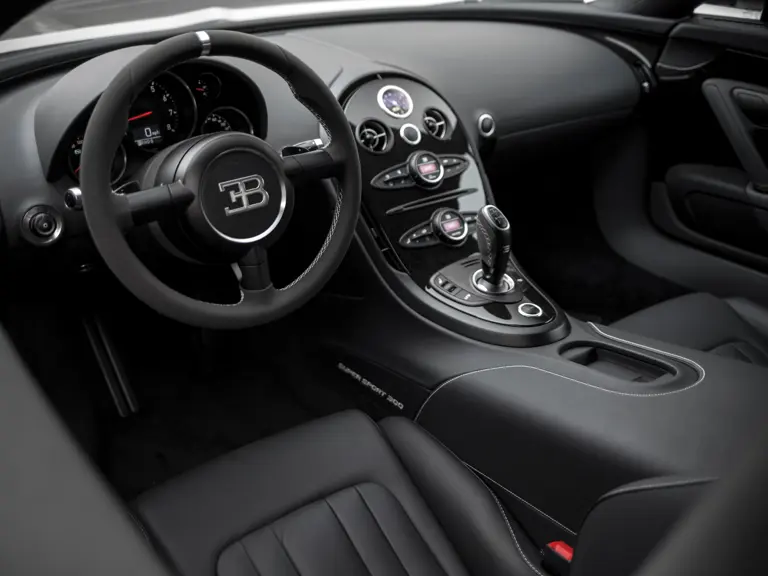
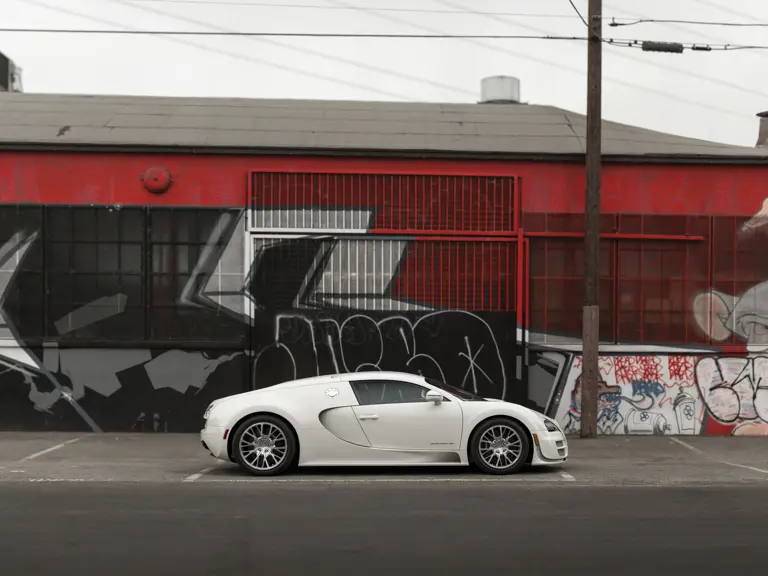

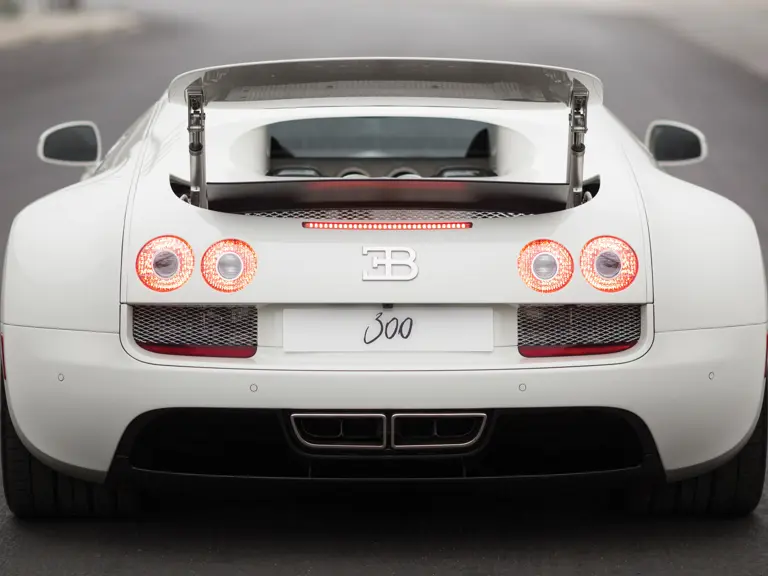
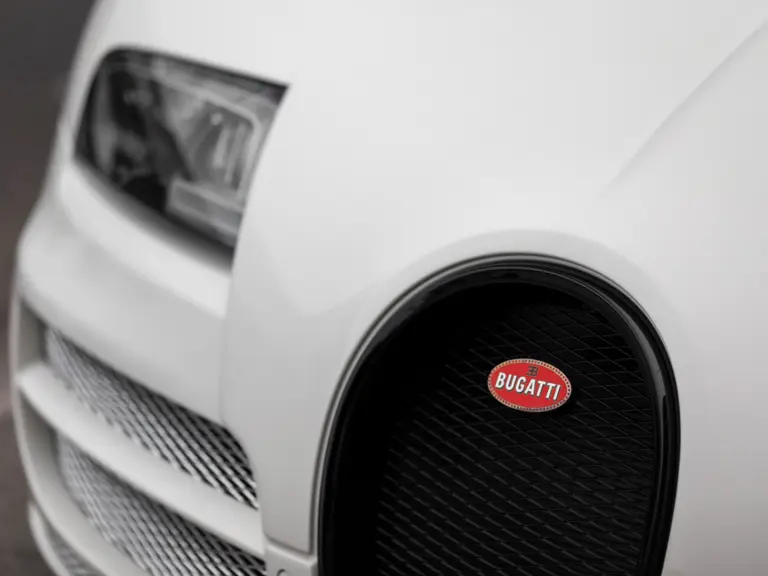


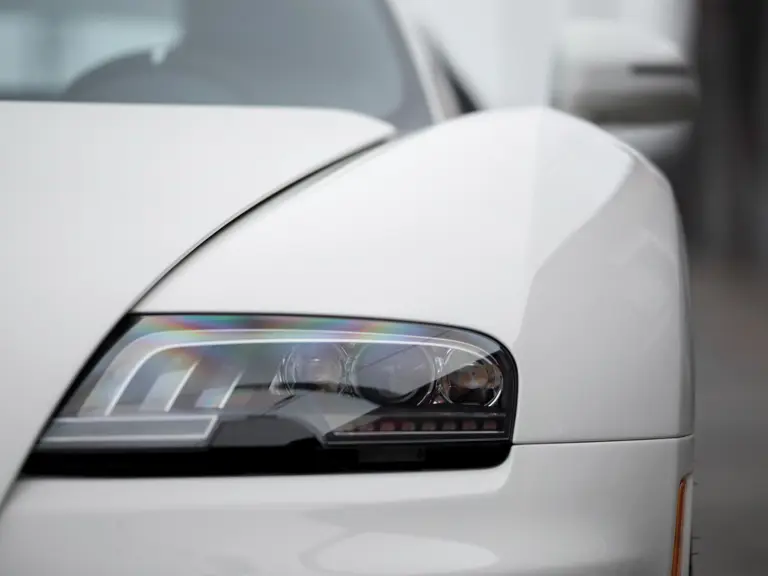
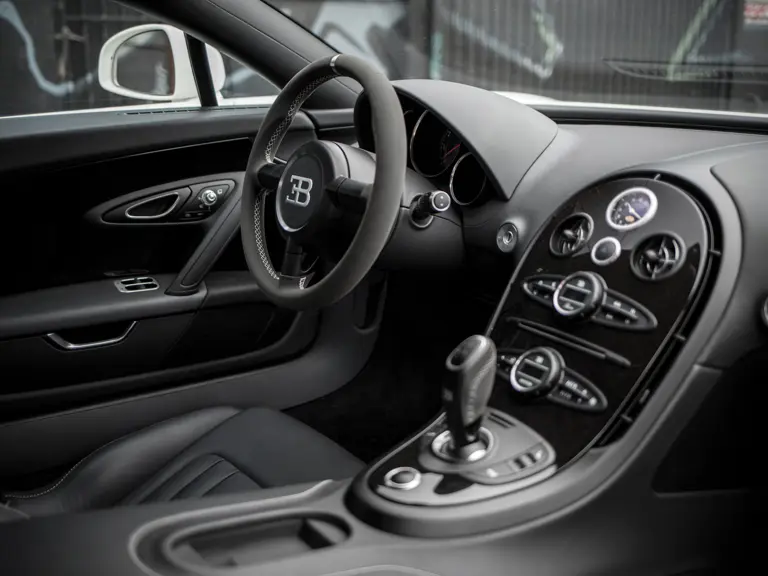







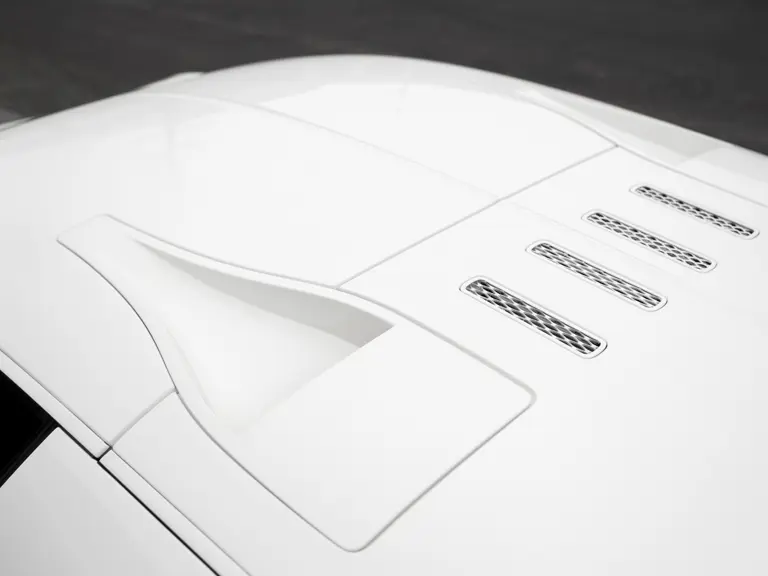
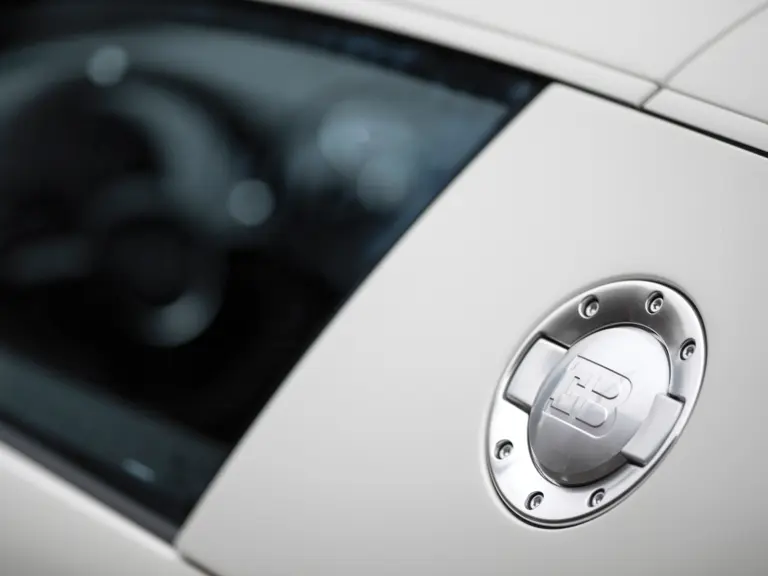


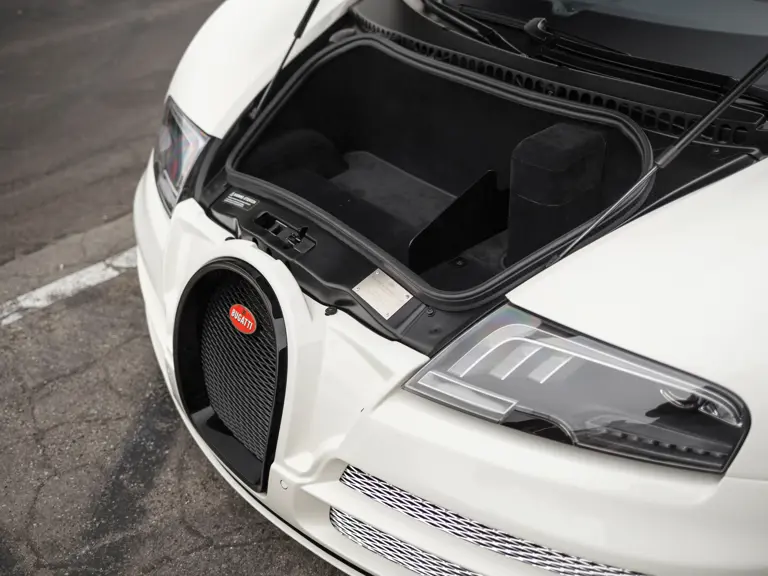
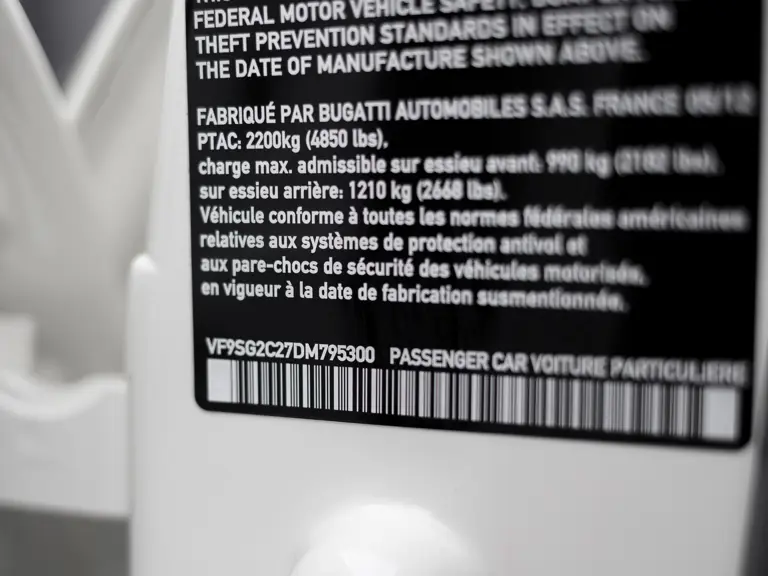
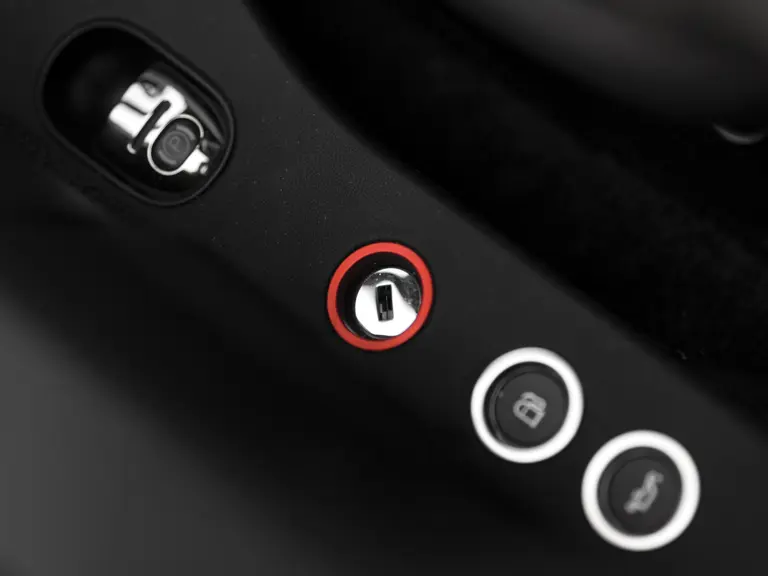
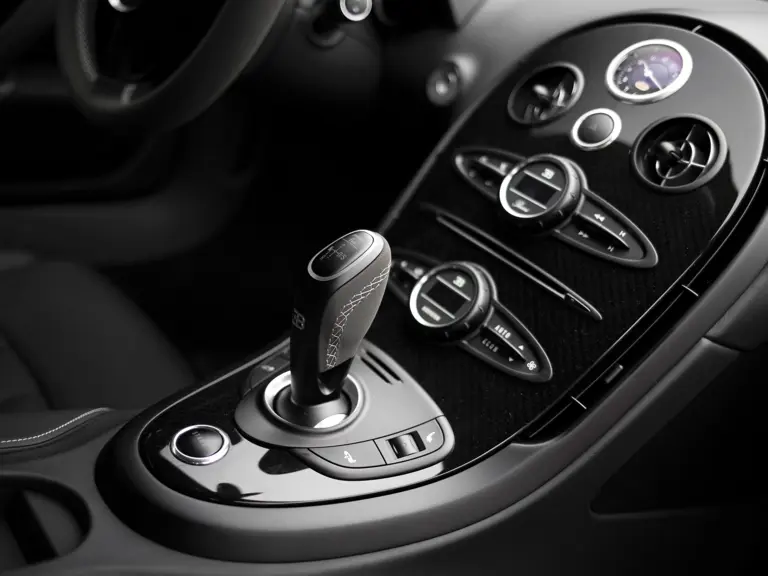

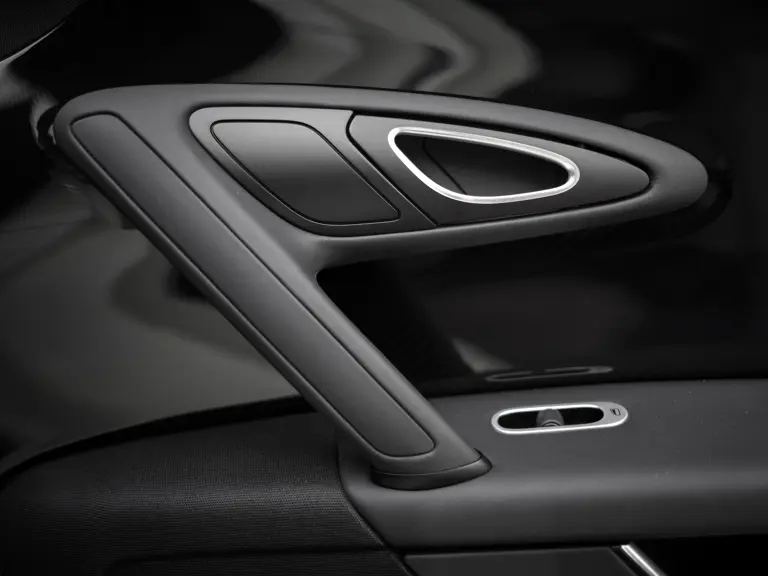
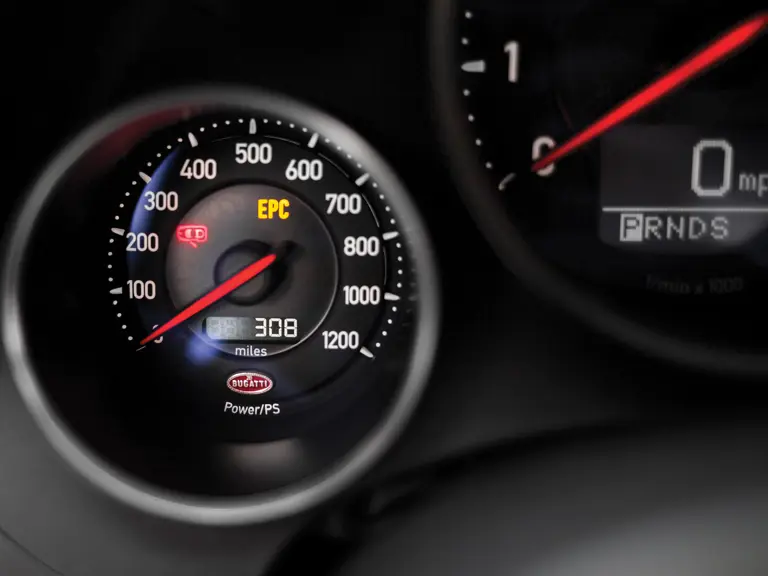


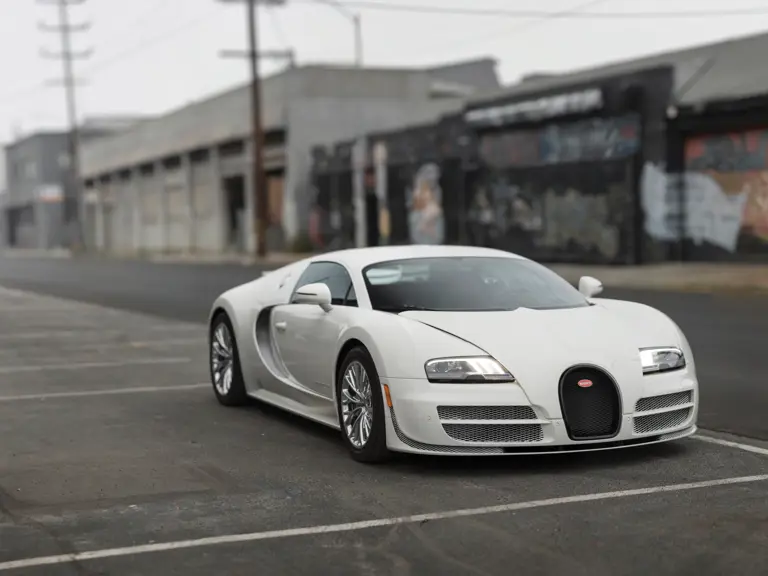
 | Phoenix, Arizona
| Phoenix, Arizona
